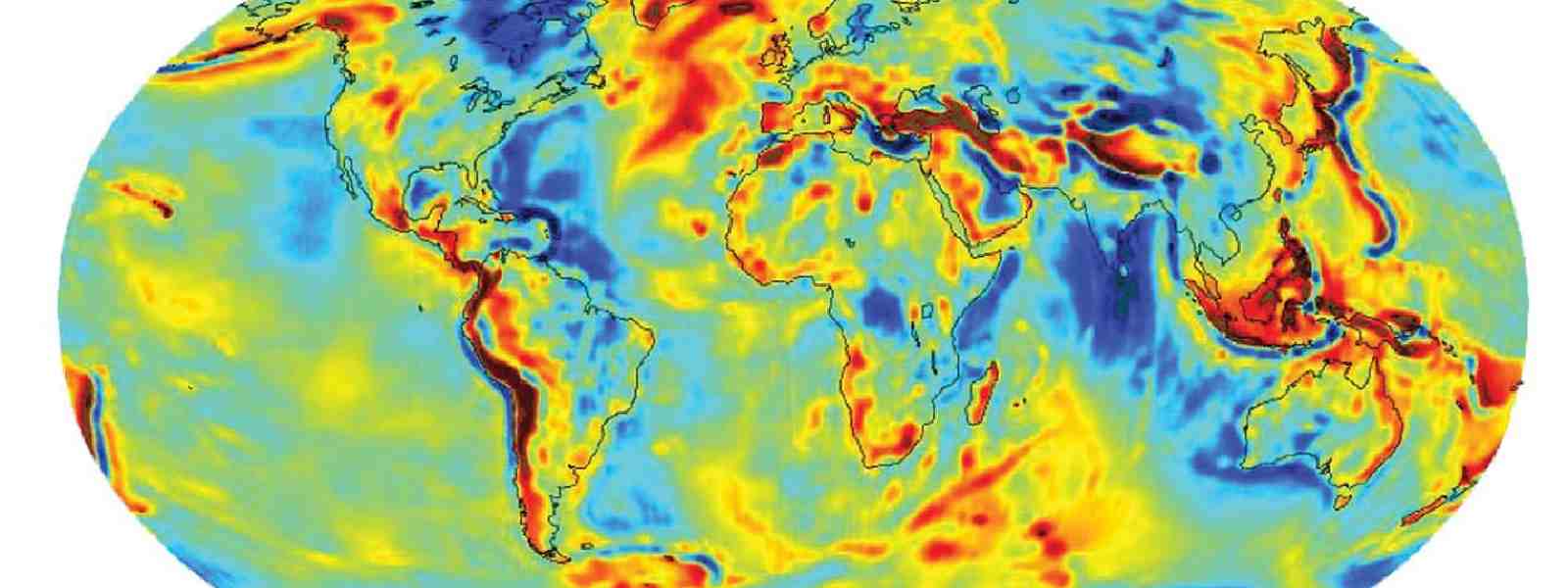.webp)

Lowest gravity on the planet at southern tip of Sri Lanka
The lowest gravity on the planet is found at the southern tip of Sri Lanka and parts of the Indian Ocean east of the Maldives.
North Canada around the Hudson Bay area is also an area of low gravity.
Satellites from Nasa’s GRACE mission (Gravity Recovery and Climate Experiment) have been mapping the differences for years.
While ocean measuring stations have suggested there is a difference the use of satellite imaging to measure water density has allowed Nasa to build high definition of gravity.
The difference is thought to be down to the thickness of the Earth’s crust and the volume of molten rock and magma, beneath the surface.
Elsewhere ‘heavy’ spots can be explained by currents in molten rock, or magma, and convection currents in superheated bubbling lava.
The strongest gravity earth is located around Bolivia and the northern Andes, where relative gravity represents around 50 additional milligals. Here you’ll be around 1/19613th heavier than at 1 standard gravity.
Objects are also slightly heavier around the poles and around the fault lines of the Pacific. There is an area of increased weight at the top of New Zealand’s North Island following the Kermadec Trench.
The distribution of gravity is slowly changing as the fluid magma redistributes and continental plates shift. Since the launch of the GRACE and GRACE-FO (follow on) satellites in 2018, Nasa has been mapping the slow change, by measuring surface water.
Measuring “the amount of water in large lakes and rivers, as well as changes in sea level and ocean currents provides an integrated global view of how Earth’s water cycle and energy balance are evolving”, says the Nasa GRACE mission.
Rather than helping weight watchers plan their holidays, there are bigger implications of gravitational anomalies on surface water which compound climate changes.
“GRACE allows hydrologists to monitor water in underground aquifers and entire river basins, providing better information for decisions about drought mitigation and flood hazards,” says the mission’s Gravity Model from the University of Texas.
Other Articles
Featured News





.png )
-789066_550x300.jpg)
-789060_550x300.jpg)


-789042_550x300.jpg)


-788581_550x300.jpg)



-785316_550x300.jpg)
















.gif)